|
"In Spite of All the Danger" was the first original composition ever recorded by The Quarry Men (who, of course, eventually evolved into the Beatles). The song was recorded on 12 July 1958 as the B-side to their cover of Buddy Holly's "That'll Be The Day". Although credited Lennon/Harrison (and, in fact, the only song ever to be so credited), Paul claims to be the primary song writer. "It says on the label that it was me and George but I think it was actually written by me and George played the guitar solo! ... [B]ecause George played the solo we figured that he 'wrote the solo. That wouldn't be the case now" (Lewisohn, page 6). And on the compositional influences, Paul continued: "It's very similar to an Elvis song ... but I'm a bit loathe to say which!" (Lewisohn, page 7). The Elvis song in question is likely "Trying to Get to You", which employs nearly identical chords progressions, a nearly identical formal design, and shares lyrical similarities. Chord Progressions Despite being in different keys ("Trying to Get to You" is in F major, "In Spite of All the Danger" is in E major), both tunes use the same three primary chords: I, IV, and V. Formal Structures
The Presley does not use an introduction, where the McCartney does; and the Presley, being at a faster tempo, adds an extra middle 8 and verse at the end, whereas the McCartney, being slower, does not need the addition; and the Presley solo is only 8 measures long, where the McCartney solo is 12; but everything else matches up perfectly: Both songs are a classic AABA beginning followed by a solo and another A section.
Lyrics Lastly, the third verse of "Trying to Get to You" uses the lyrics "I just had to reach you baby, spite of all that I've been through", which bears obvious similarities to "In Spite of All the Danger". How many other pop songs from the fifties use the word "spite"? CITATIONS Lewisohn, Mark. The Beatles Recording Sessions. Harmony Books, New York, NY, 1988.
0 Comments
The White Album is without a doubt the most stylistically diverse Beatles album. This is in large part due to the individualism of the album's songs. When asked in a Rolling Stone interview when the Beatles actually broke up, John Lennon cited "The Beatles' White Album. ... Every track is an individual track – there isn't any Beatle music on it. … It was John and the Band, Paul and the Band, George and the Band” (The Ballad of John and Yoko, page 88). The White Album, then, is the point at which the four band members established their individuality, as opposed to the group-function that characterized and defined the band's earlier work. Consequently, the individualized tracks on The White Album foreshadow the solo careers of each Beatle.
George Harrison's "Long Long Long" could easily fit on his first solo album All Things Must Pass (1970). Its delicate and spiritual character is very similar to "My Sweet Lord", "Hear Me Lord", or the album's title track. Likewise, although the album version of "While My Guitar Gently Weeps" is heavy, the first take of the song was very lite, and equally anticipatory of All Things Must Pass. Although written by John Lennon, "Good Night" is sung by Ringo, and would not be out of place on his first solo album, Sentimental Journey (1970), which is a compilation of old song standards that Starr grew up listening to. While "Good Night" was written in 1968, it is in the same 1940's style as the tracks on Sentimental Journey. The one song on The White Album actually written by Ringo, "Don't Pass Me By", would similarly fit on his second solo album, Beaucoups of Blues (1970), which features country & western music. In fact, the track "I'd Be Talking All The Time" off Beaucoups of Blues features the lyrics, "For ev'ry dream that came my way, A million passed me by." John Lennon's oedipally confessional "Julia", which closes disc 1 of The White Album, would fit perfectly on his first solo album, John Lennon/Plastic Ono Band (1970), which features similarly poignant tracks such as "Mother", "My Mummy's Dead", and "Look at Me" (which also uses the same fingerpicking style as "Julia"). And although ultimately left off The White Album, Lennon also wrote "Child of Nature" around the same time as "Julia". The song was re-worked and released on his second solo album, Imagine (1971). Paul McCartney's White Album tracks do not fit quite so nicely into the foreshadowing category of the other three's songs. It is difficult, for example, to imagine "Helter Skelter", "Back in the USSR", or "Rocky Raccoon" on his first solo album, McCartney (1970). In his book Tell Me Why, Time Riley suggests that " 'Ob-La-Di, Ob-La-Da' could have appeared on McCartney's Ram" (page 288), but I apparently don't find that match as strong as he does. McCartney's "Junk", however, much like Lennon's "Child of Nature", was originally considered for inclusion on The White Album, but ultimately left off. The song would be included on McCartney. Similarly, "Teddy Boy" was written at the same time (while in India), but considered for and ultimately left off the Let it Be project, to be revived and included on McCartney. CITATIONS Cott, Jonathan and Christine Doudna, editors. The Ballad of John and Yoko. Rolling Stone Press, Dolphin Books, DoubleDay & Company, New York, NY, 1982. Riley, Tim. Tell Me Why: The Beatles: Album by Album, Song by Song, The Sixties and After. Vintage Books, a Division of Random House, Inc., New York, NY, 1989. "Yer Blues" is clearly based on American blues: Robert Johnson, Muddy waters, Charlie Patton, Big Bill Broonzy, et cetera. But one way Lennon breaks with those models is through an extremely sophisticated rhythmic scheme. While Delta Blues performers very frequently play with rhythm (i.e. by holding a particular note a bit longer, or occasionally adding or dropping a beat), it always relaxes the rhythmic scheme. In contrast, when Lennon plays with rhythm in "Yer Blues", he increases the rhythmic sophistication. For example, take 0:31-1:28, a transcription of which may be found below. The music starts at the extremely slow tempo of dotted quarter = 52 beats per minute, which equates to eighth = 156 bpm. In the measure "Woo, Girl you know the reason", the subdivisions remain constant (156bpm), but the beat shifts from dotted eighth to quarter (quarter = 104). The following measure ("why") returns to the original tempo (dotted quarter = 52bpm), but only briefly because the subsequent three measures ("My mother was of the sky, My father was of the earth, But I am of the universe") doubles the tempo to 104bpm, retaining the sixteenth note subdivisions but again altering the beat from dotted quarter to dotted eighth. The tempo primo returns a measure before the next verse ("And you know what it's worth"). These types of metric modulations are entirely foreign to the American blues on which "Yer Blues" is based, and thus distinguishes the Beatles from its predecessors.
Paradoxically, while The White Album was the point at which the four Beatles firmly and clearly established individuality, the music on the album exhibits a greater sense of ensemble than any prior Beatles recordings - and the rhythmic sophistication of "Yer Blues" is a prime example. Having completed my study of documented hours spend in the recording studio on each Beatles album, I can now compile my findings to produce a visual illustration: a bar graph comparing total documented studio time per Beatles album. Using this example, it is very clear indeed that The Beatles (a.k.a. The White Album) took the longest time to record by far (about twice as much time as it took the band to record Pepper, Magical Mystery Tour, or Abbey Road). This isn't surprising as The White Album is the only Beatles double album, so it makes sense that it would take about twice as long to record.
Lastly, notice that both Let it Be and Yellow Submarine have asterisks next to their number. This is because documentation for those two albums is incomplete. No doubt both albums took more time than shown (probably about twice those figures), but the number listed is what is documented. Any attempt to estimate precise numbers above those shown would be futile. Trying to document studio time for Abbey Road is tricky (although not as tricky as it was for Magical Mystery Tour, Yellow Submarine, or Let it Be) because many of the tracks eventually released on Abbey Road were first tested out in the studio well before the band started recording Abbey Road. To make things easy, and since none of the preliminary rehearsals were used in the final album, I have chosen to start counting from 16 April 1969.
year.month.day start time - end time = # of hours 1969.04.16 2:30pm-5:00pm = 2.5 hours 1969.04.18 1:00am-4:30am = 3.5 hours 1969.04.20 7:00pm-12:45am = 5.75 hours 1969.04.26 4:30pm-4:15am = 11.75 hours 1969.04.29 7:30pm-1:00am = 5.5 hours 1969.05.01 2:30pm-7:00pm = 4.5 hours 1969.05.02 7:00pm-3:40am = 8.67 hours 1969.05.05 7:30pm-4:00am = 8.5 hours 1969.05.06 3:00pm-4:00am = 13 hours 1969.07.01 3:00pm-7:30pm = 4.5 hours 1969.07.02 3:00pm-9:30pm = 6.5 hours 1969.07.03 3:00pm-8:30pm = 5.5 hours 1969.07.04 2:45pm-5:30pm = 2.75 hours 1969.07.07 2:30pm-11:45pm = 9.25 hours 1969.07.08 2:30pm-10:45am = 8.25 hours 1969.07.09 2:30pm-10:15pm = 7.75 hours 1969.07.10 2:30pm-11:30pm = 9 hours 1969.07.11 2:30pm-midnight = 9.5 hours 1969.07.15 2:30pm-11:00pm = 8.5 hours 1969.07.16 2:30pm-12:30am = 10 hours 1969.07.17 2:30pm-11:15pm = 8.75 hours 1969.07.18 2:30pm-8:00pm = 5.5 hours 1969.07.21 2:30pm-10:00pm = 7.5 hours 1969.07.22 2:30pm-9:30pm = 7 hours 1969.07.23 2:30pm-11:30pm = 9 hours 1969.07.24 3:30pm-10:30pm = 7 hours 1969.07.25 2:30pm-2:30am = 12 hours 1969.07.28 2:30pm-8:00pm = 5.5 hours 1969.07.29 2:30pm-10:45pm = 8.25 hours 1969.07.30 2:00pm-2:00am = 12 hours 1969.07.31 2:30pm-1:15am = 10.75 hours 1969.08.01 2:30pm-10:30pm = 8 hours 1969.08.04 2:30pm-9:00pm = 6.5 hours 1969.08.05 2:30pm-6:30pm = 4 hours 1969.08.06 2:30pm-11:00pm = 8.5 hours 1969.08.07 2:30pm-midnight = 9.5 hours 1969.08.08 2:30pm-9:00pm, 5:30pm-9:45pm = 10.75 hours 1969.08.11 1:00pm-2:00pm, 2:30pm-11:30pm = 10 hours 1969.08.12 7:00pm-2:00am = 7 hours 1969.08.13 2:30pm-9:15pm = 6.75 hours 1969.08.14 2:30pm-2:30am = 12 hours 1969.08.15 2:30pm-5:30pm, 7:00pm-1:15am = 9.25 hours 1969.08.18 2:30pm-10:30pm = 8 hours 1969.08.19 2:00pm-4:00am = 14 hours 1969.08.20 2:30pm-1:15am = 10.75 hours 1969.08.21 1:00pm-2:00pm, 2:30pm-midnight = 10.5 hours 1969.08.25 2:30pm-8:00pm = 5.5 hours Total: 379.42 hours SOURCE Lewisohn, Mark. The Complete Beatles Recording Sessions: The Official Story of the Abbey Road Years 1962-1970. Harmony Books, a division of Crown Publishers, New York, NY, 1988. Let it Be, much like Magical Mystery Tour and Yellow Submarine, is a bit tricky to catalog because the original concept was to create a live album rather than a studio album. Do I thus count the hours spent rehearsing in the studio as studio time? Furthermore, documentation for these studio rehearsals is incomplete. Using A/B Road timings is perhaps the most precise record of timings, but that is not complete, plus several hours of those recordings are of talking only (not musical rehearsals). To make things even more challenging, Mark Lewisohn's seminal reference book The Complete Beatles Recording Sessions, which has served as the basis for my catalogs studio hours required for previous albums, doesn't include sessions at Twickenham Studios, which account for nearly half of the studio time behind Let it Be despite the fact that none of those tapes were actually used in the album. And the recording times in the Lewisohn for all of January 1969 are all listed as "unknown". And what about the rooftop concert? Does that count as studio time? It was recorded, but it wasn't in a studio. (Technically it was on top of a studio.) And then don't forget about Glyn Johns' two productions of Get Back? Do those count? And if so, is there any documentation of how long it took him to produce the two? (No, there isn't.) Lastly, Lewisohn does document studio times for overdubs, but the sessions often featured work on more than one song, while the timings do not distinguish between what times were spent on which track, making it impossible to discern exactly how much time when into which particular track.
With all of those considerations in mind, this catalog of studio hours behind Let it Be will be based on the A/B Road recordings. Admittedly, they are incomplete as mentioned above, but it's the best available. Post-production timings will be based on the Lewisohn and are admittedly higher than real for the reasons described above. My total calculation of hours, then, will be a combination of the two sources and will give the total known (but obviously not definitive) number of studio hours it took to create Let it Be. 1969.01.02 2.65 hours 1969.01.03 5.22 hours 1969.01.06 6.07 hours 1969.01.07 5.17 hours 1969.01.08 5.05 hours 1969.01.09 5.37 hours 1969.01.10 4.62 hours 1969.01.13 3.48 hours 1969.01.14 3.05 hours 1969.01.21 3.48 hours 1969.01.22 5.08 hours 1969.01.23 4.88 hours 1969.01.24 4.92 hours 1969.01.25 7.15 hours 1969.01.26 6.50 hours 1969.01.27 7.08 hours 1969.01.28 7.05 hours 1969.01.29 4.52 hours 1969.01.30 1.80 hours 1969.01.31 4.60 hours 1969.04.30 7:15pm-2:00am = 6.75 hours 1970.01.03 2:30pm-12:15am = 9.75 hours 1970.01.04 2:30pm-4:00am = 13.5 hours 1970.01.05 unknown 1970.02.28 unknown 1970.03.23 unknown 1970.03.25 unknown 1970.03.26 unknown 1970.03.27 unknown 1970.036.30 unknown 1970.04.01 7:00pm-unknown 1970.04.02 unknown Total documented studio hours: 127.74 SOURCE Lewisohn, Mark. The Complete Beatles Recording Sessions: The Official Story of the Abbey Road Years 1962-1970. Harmony Books, a division of Crown Publishers, New York, NY, 1988. Similar to Magical Mystery Tour, the Yellow Submarine soundtrack is a bit difficult to document because it consists of previously released material (as opposed to most Beatles albums which include only new songs). This catalog, then, will be as literal as possible in documenting each track from the album - including side B, which features George Martin's orchestral music.
year.month.day start time - end time = # of hours 1966.05.26 7:00pm-1:00am = 4 hours 1966.06.01 2:30pm-2:30am = 12 hours 1966.06.02 ? 1966.06.03 ? 1967.02.11 4:00pm-2:00am = 10 hours 1967.02.13 7:0pm-3:30am = 8.5 hours 1967.02.14 7:00pm-12:30am = 5.5 hours 1967.04.20 7:00pm-2:15am = 7.25 hours 1967.04.21 7:00pm-1:30am = 6.5 hours 1967.05.12 7:00pm-12:30am = 5.5 hours 1967.05.25 ? 1967.05.26 ? 1967.06.14 ? 1967.06.19 7:00pm-1:45am = 6.75 hours 1967.06.21 4:30pm-5:00pm, 7:00pm-11:30pm = 5 hours 1967.06.23 8:00pm-11:00pm = 3 hours 1967.06.24 5:00pm-8:00pm = 3 hours 1967.06.25 2:00pm-1:00am = 11 hours 1967.06.26 2:00pm-5:00pm = 3 hours 1967.10.12 2:30pm-8:00pm = 5.5 hours 1967.11.15 10:30am - 11:00am = 0.5 hours 1968.10.16-17 ? 1968.10.22 ? = 3 hours 1968.10.23 ? = 3 hours 1968.10.24 ? 1968.10.25 ? 1968.10.29 10:00am-1:00pm = 3 hours 1968.11.22 ? 1968.11.25 ? Total time: 106 hours (obviously that total is incomplete - it's well more than that, but that's what is documented) SOURCE Lewisohn, Mark. The Complete Beatles Recording Sessions: The Official Story of the Abbey Road Years 1962-1970. Harmony Books, a division of Crown Publishers, New York, NY, 1988. Paul McCartney has cited Johann Sebastian Bach as an influence on "Blackbird". He admitted in 1997: "The original inspiration was from a well-known piece by Bach, which I never know the title of, which George and I had learned to play at early age; he better than me actually. Part of its structure is a particular harmonic thing between the meldoy and the bass line which intrigued me. Bach was always one of our favourite composers; we felt we had a lot in common with him. For some reason we thought this music was very similar to ours and we latched on to him amazingly quickly. We also liked the stories of him being the church organist and wopping this stuff out weekly, which was rather similar to what we were doing. We were very pleased to hear that. I developed the melody on guitar based on the Bach piece and took it somewhere else, took it to another level, then I just fitted the words to it." (Miles page 485) Paul has forgotten the Bach piece's title, but many fans and scholars have assumed it's the Bourrée from his E Minor Lute Suite, BWV 996. The only similarity I hear by listening is that they're both played on acoustic guitars. (But even then, the guitar Paul played on "Blackbird" had metal strings, whereas classical guitars typically use nylon strings to give a warmer sound - and the above recording is no exception). Perhaps score study will yield results. The Bourrée is in E minor while "Blackbird" is in G major - so they share the same key signature of one sharp - and both use highly chromatic harmony, but there is no clear relationship. This makes me wonder why so many have assumed the Bourrée to be the correct Bach piece. Might it be some other? As it turns out, no, it is the Bourrée. Paul might not know the name of it, but he can still play it, and on 28 July 2005, Paul performed a live solo concert at Abbey Road Studios, which was recorded and released as Chaos and Creation at Abbey Road. During the performance, he again cited Bach as an influence on "Blackbird" and even played a few measures of the Bach original to illustrate the similarities (which can be heard from about 37:39-38:51 in the video below). This proves that Paul was indeed thinking of the Bourrée in E minor when composing "Blackbird". However, Paul actually plays it wrong when demonstrating. He even acknowledges that the way he plays it, saying, "it really should go [sings it correctly], but we didn't know that bit." The version Paul played, then, is transcribed below (and transposed from D minor up to E minor for the sake of comparison). Paul further admitted that "the bit where we went wrong, I later took that, the idea that you get the bass line and the top line (the melody) and turned it into 'Blackbird'." And now it makes sense! Comparing the Bourrée (as Paul played it) and "Blackbird" side by side, we can easily see the similarity. The example below shows in blue notes that are identical between the two, while red notes indicate comparable (if not identical) similarities. Further notice that Paul adds several notes (the black ones). And the rest of "Blackbird" uses similar harmonies - parallel tenths with a pedal G on the off beats. Those parallel tenths are only found in Paul's version of the Bourrée. Thus, Paul definitely was influenced by Bach's Bourrée in E minor when writing "Blackbird", but by his own version of the Bourrée rather than the Bach original.
CITATIONS Miles, Barry. Paul McCartney: Many Years From Now. Henry Holt and Company Inc., New York, NY 1997. Just as the tonal designs of Paul McCartney's [48] "Another Girl" and [146] "Birthday" anticipate "The Abbey Road Medley", so too does John Lennon's [154] "The Continuing Story of Bungalow Bill". "Another Girl" and "Birthday" both pit A major against C major, the latter also incorporating an E major section that serves as a pivot between the two tonalities. "The Abbey Road Medley", however, pits A major and minor against C major - something that does not have precedent in any Paul McCartney song. It can be found, however, in "Bungalow Bill".
Tonal structure of [154] "The Continuing Story of Bungalow Bill": Intro (ind) 0:00-0:08 E minor Chorus 0:08-0:24 C major, A major Verse 1 0:24-0:46 A minor Chorus 0:46-1:01 C major, A major Verse 2 1:01-1:24 A minor Chorus 1:24-1:40 C major, A major Verse 3 1:40-2:01 A minor Chorus 2:01-2:16 C major, A major Chorus 2:16-2:30 C major, A major Chorus 2:30-2:45 C major, A major Chorus 2:45-3:00 C major, A major Coda (ch) 3:00-3:13 n/a The tonal structure of "The Abbey Road Medley" is thus anticipated in two different tracks from The White Album: "Birthday" and "The Continuing Story of Bungalow Bill". Magical Mystery Tour is a bit of an oddball in that in England it was released as an EP, while in the US it was released as a full album that included several singles. The definitive version is the US album, and that's what I'm basing this blog on. Consequently, the recordings span a time much longer than any other Beatles album to date.
year.month.day start time - end time = # of hours 1966.11.24 7:00pm-2:30am = 7.5 hours 1966.11.28 7:00pm-1:30am = 6.5 hours 1966.11.29 2:30pm-8:00pm = 5.5 hours 1966.12.08 7:00pm-3:40am = 8.67 hours 1966.12.09 2:30pm-10:00pm = 7.5 hours 1966.12.15 2:30pm-midnight = 9.5 hours 1966.12.21 10:00pm-11:45pm = 1.75 hours 1966.12.22 7:00pm-11:30pm = 4.5 hours 1966.12.29 2:30pm-5:40pm, 7:00pm-2:15am = 11.42 hours 1966.12.30 7:00pm-3:00am = 8 hours 1967.01.02 2:30pm-4:00pm = 1.5 hours 1967.01.04 7:00pm-2:45am = 7.75 hours 1967.01.05 7:00pm-12:15am = 5.25 hours 1967.01.06 7:00pm-1:00am = 6 hours 1967.01.09 7:00pm-1:45am = 6.75 hours 1967.01.10 7:00pm-1:40am = 6.67 hours 1967.01.12 2:30pm-11:00pm = 8.5 hours 1967.01.17 7:00pm-12:30am = 5.5 hours 1967.01.25 6:30pm-8:30pm = 2 hours 1967.04.25 7:00pm-3:45am = 8.75 hours 1967.04.26 7:00pm-2:00am = 7 hours 1967.04.27 7:00pm-12:45am = 5.75 hours 1967.05.03 7:00pm-12:15am = 5.25 hours 1967.05.04 7:00pm-11:15pm = 4.25 hours 1967.05.09 11:00pm-6:15am = 7.25 hours 1967.05.11 9:00pm-3:00am = 6 hours 1967.06.14 unknowns 1967.06.19 7:00pm-1:45am = 6.75 hours 1967.06.21 4:30pm-5:00pm, 7:00-11:30pm = 5 hours 1967.06.23 8:00pm-11:00pm = 3 hours 1967.06.24 5:00pm-8:00pm = 3 hours 1967.06.25 2:00pm-1:00am = 11 hours 1967.06.26 2:00pm-5:00pm = 3 hours 1967.08.22 unknown 1967.08.23 unknown 1967.09.05 7:00pm-1:00am = 6 hours 1967.09.06 7:00pm-3:00am = 8 hours 1967.09.07 7:00pm-3:15am = 8.25 hours 1967.09.08 7:00pm-2:45am = 7.75 hours 1967.09.16 7:00pm-3:45am = 8.75 hours 1967.09.25 7:00pm-3:00am = 8 hours 1967.09.26 7:00pm-4:15am = 9.25 hours 1967.09.27 2:30pm-5:30pm, 7:00pm-3:30am = 11.5 hours 1967.09.28 4:00pm-5:30pm, 7:00pm-3:00am = 9.5 hours 1967.09.29 7:00pm-5:00am = 10 hours 1967.10.02 10:00pm-2:30am = 4.5 hours 1967.10.06 7:00pm-midnight = 5 hours 1967.10.12 2:30pm-8:00pm = 5.5 hours 1967.10.19 7:00pm-3:30am = 8.5 hours 1967.10.20 7:00pm-3:45am = 8.75 hours 1967.10.25 7:00pm-3:00am = 8 hours 1967.11.01 10:00am-1:00pm = 3 hours 1967.11.02 2:30pm-6:00pm = 3.5 hours 1967.11.06 2:30pm-6:00pm = 3.5 hours 1967.11.07 2:30pm-5:45pm, 9:00pm-4:30am = 10.75 hours 1967.11.15 10:30pm-11:00pm = 0.5 hours 1967.11.17 10:00am-1:15pm = 3.25 hours Total time: 348.51 hours SOURCE Lewisohn, Mark. The Complete Beatles Recording Sessions: The Official Story of the Abbey Road Years 1962-1970. Harmony Books, a division of Crown Publishers, New York, NY, 1988. |
Beatles BlogThis blog is a workshop for developing my analyses of The Beatles' music. Categories
All
Archives
May 2019
|
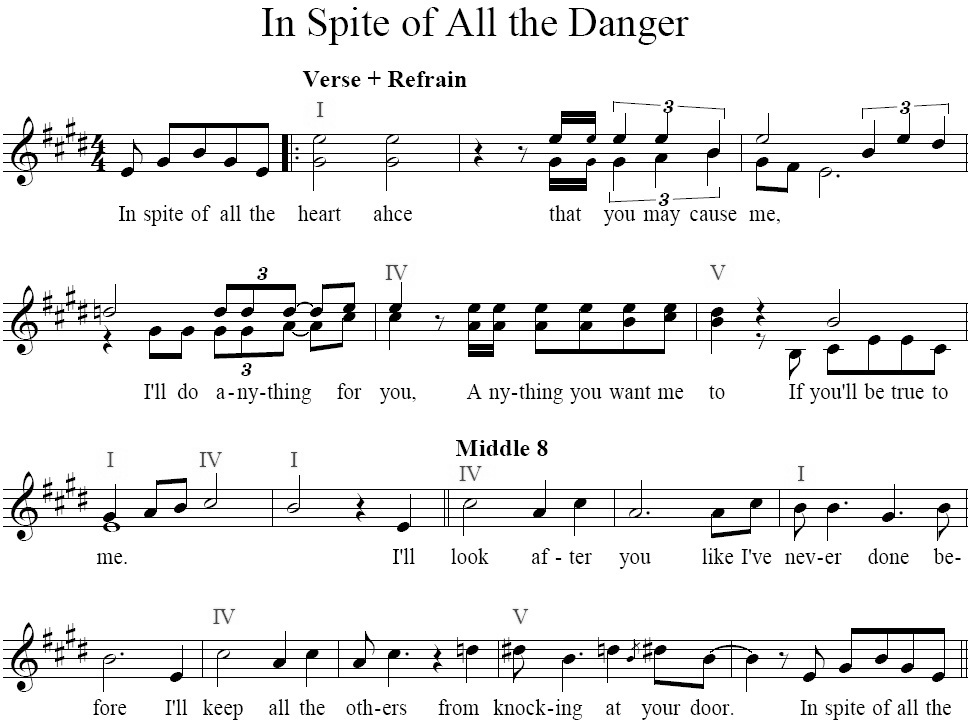
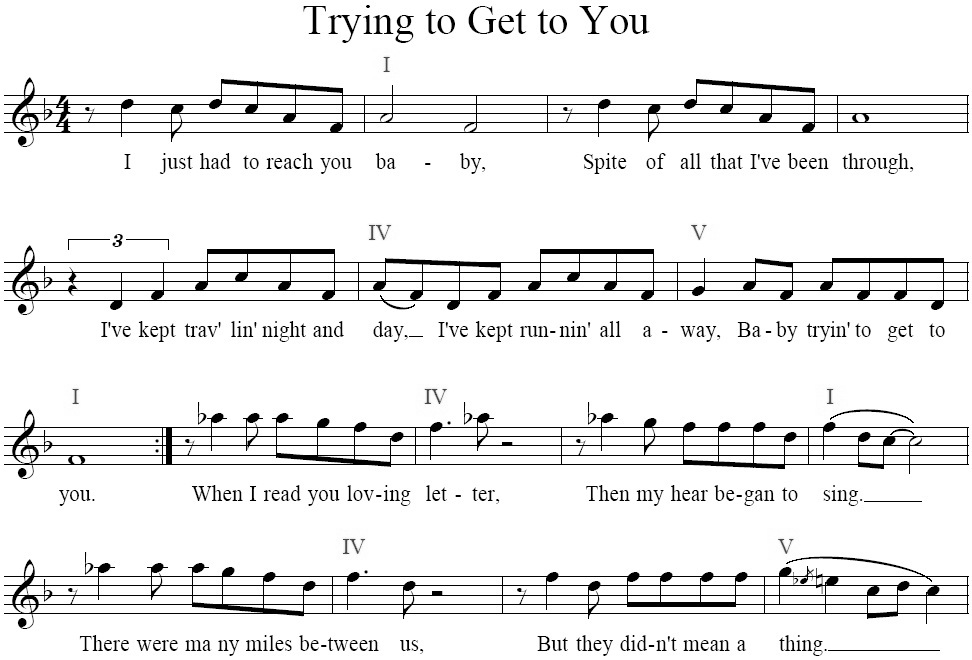
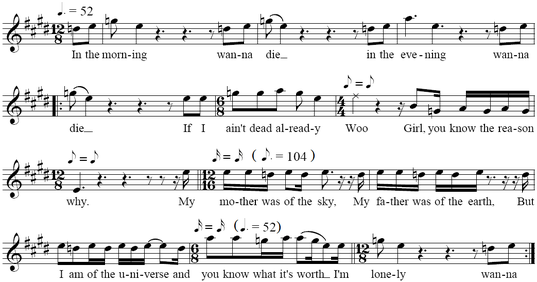
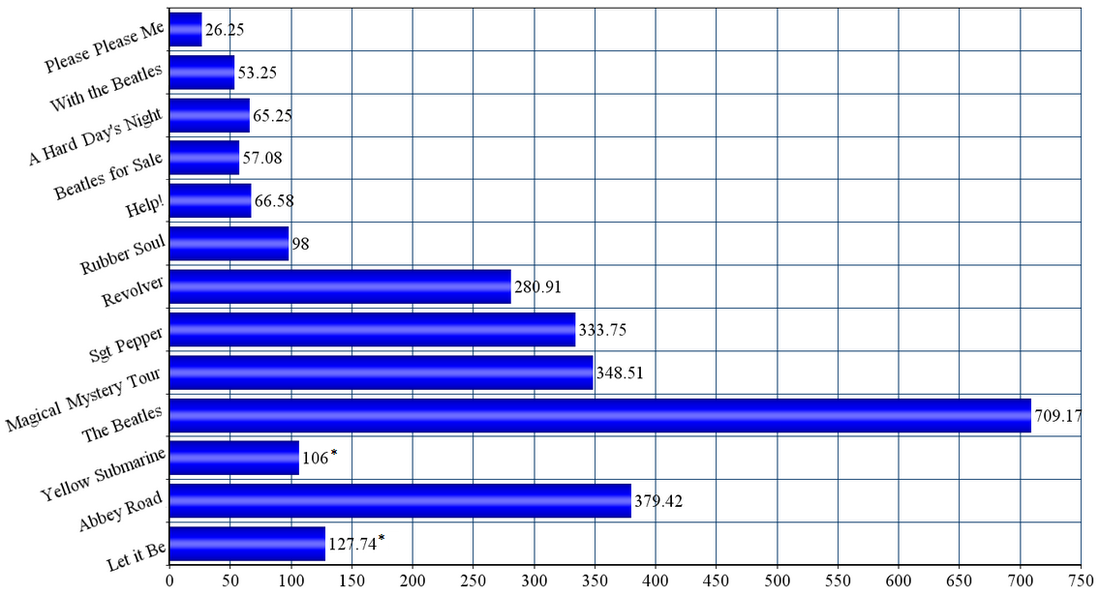
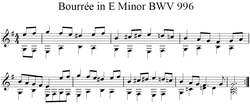

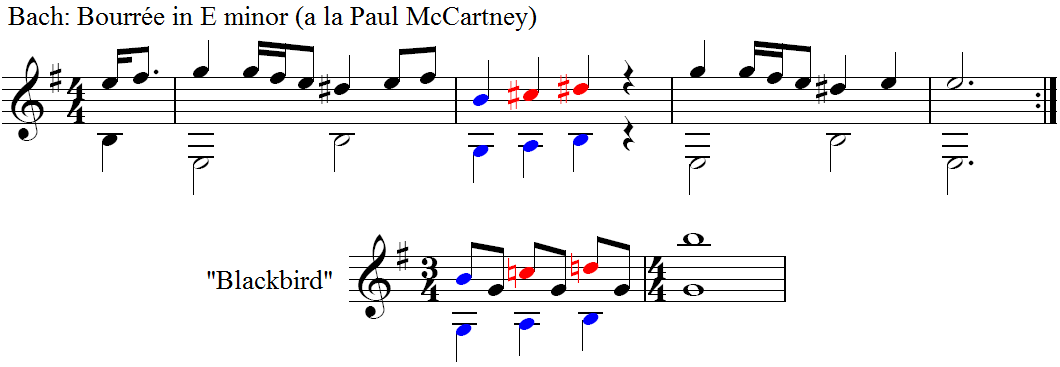
 RSS Feed
RSS Feed
